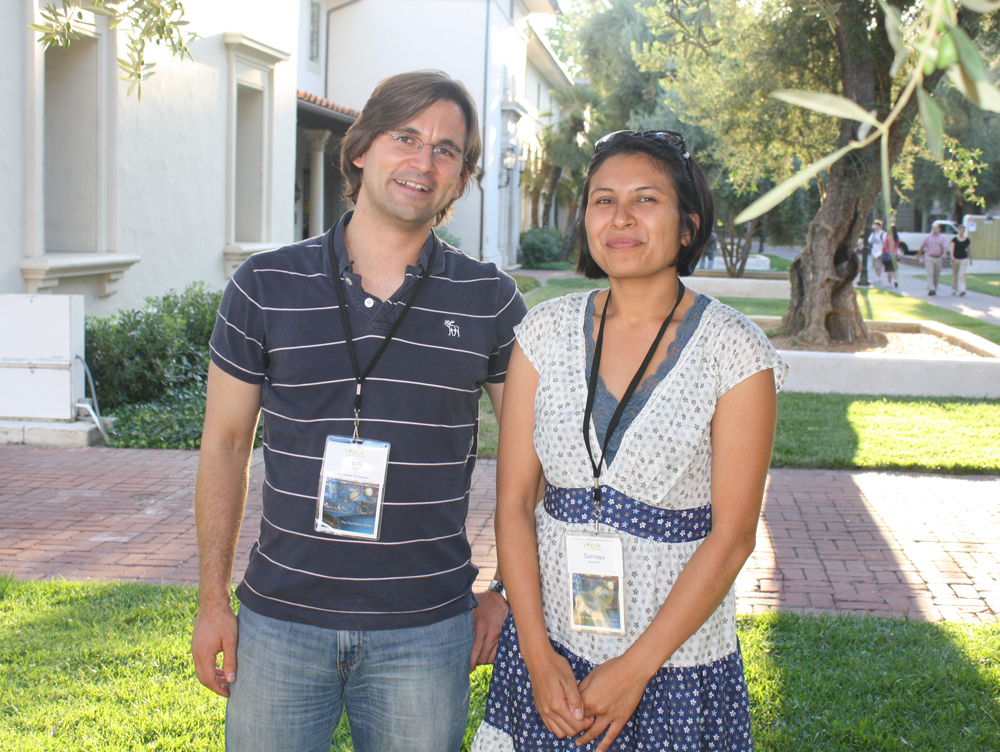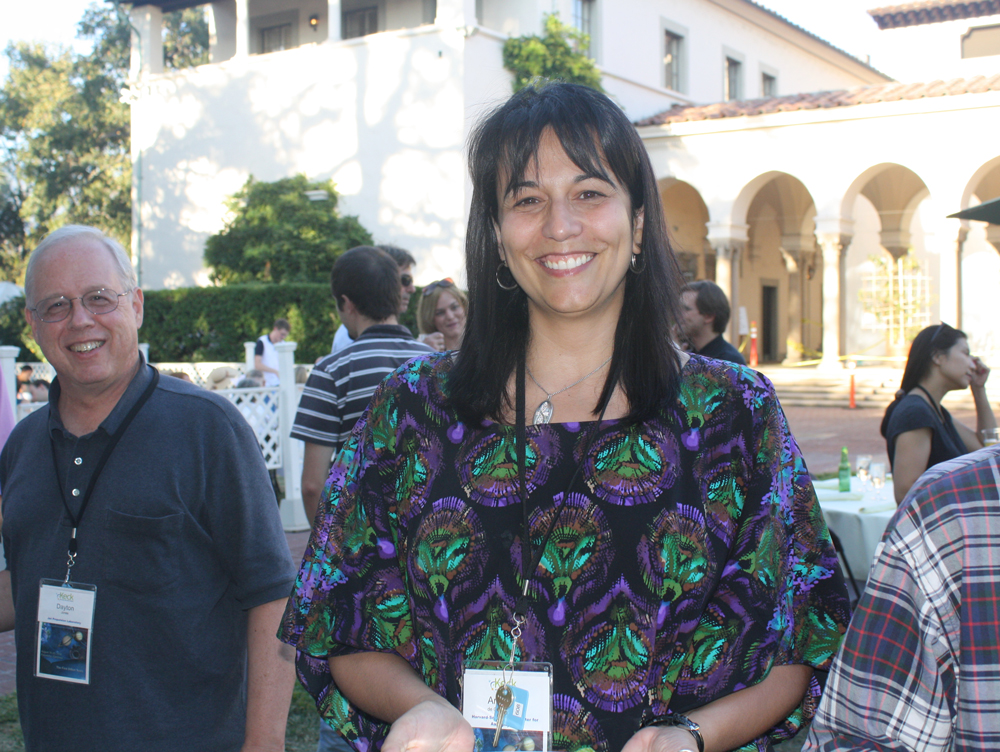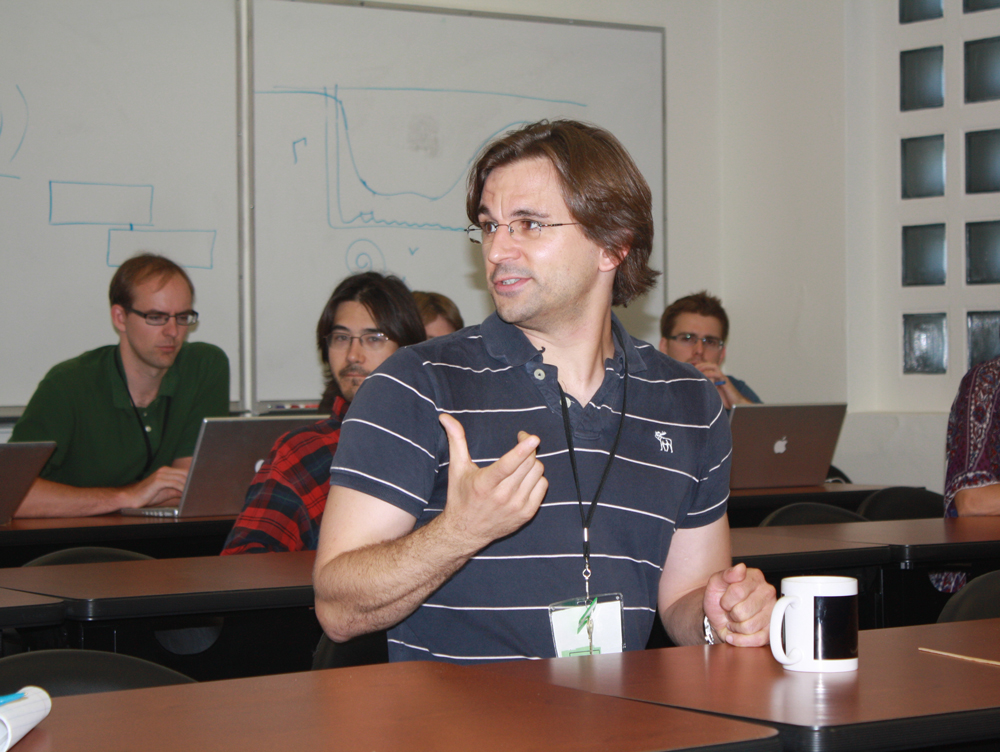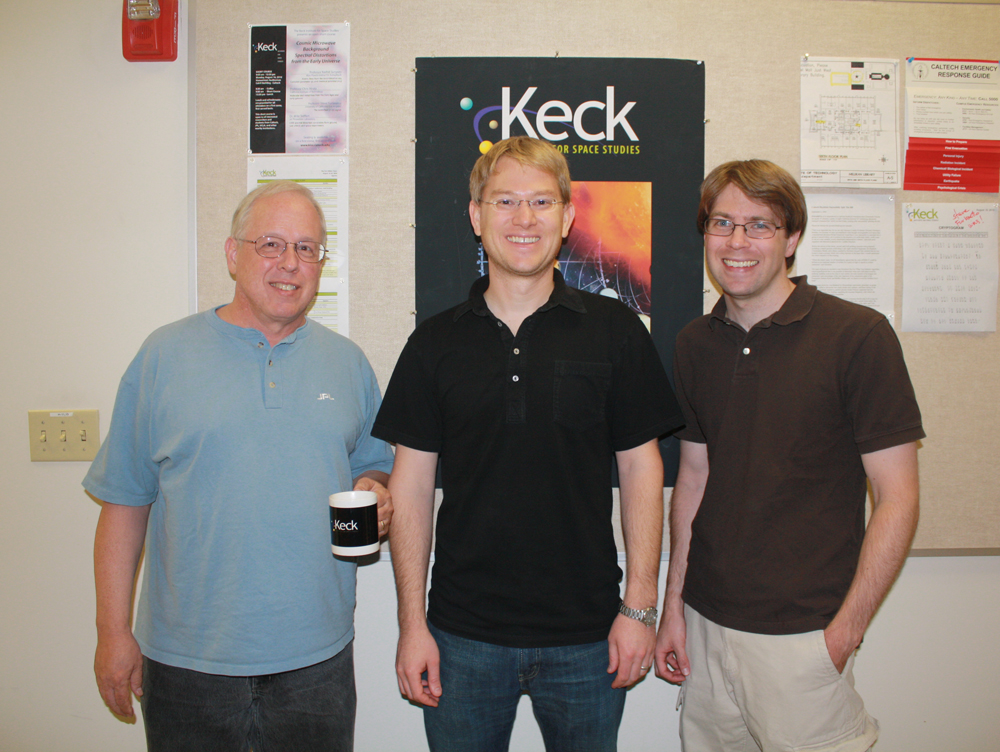Workshop Overview:
Of the nearly 14 billion year history of the Universe, we have probed only the last 13 billion years in any detail. In the missing first billion years of cosmic time are some of the most critical events in the history of the Universe, including the processes leading to the formation of the first star, the first galaxy, and the first black hole. This is the fundamental period when primordial density fluctuations following inflation evolved through baryon in-fall, adiabatic cooling, and gravitational collapse to create compact luminous structures for the first time. But probing this era is beyond the capabilities of today's instruments. New approaches are needed to enable break-through observations.
We propose a Study Program of technological and scientific exploration driven to study the first era of structure formation in the early Universe and to probe the interplay between dark matter and baryons at high redshift. The goal of our Study Program is to identify the most promising observational avenues to filling the missing history. It will lead to a better understanding of the current technical and scientific roadblocks to progress and how to overcome them. We expect the Study Program to elucidate unique advantages of space-based platforms and help to spur novel approaches, core technology development, and new mission concepts.
Our Study Program will be structured around the principal theme of diffuse spectral radio/mm/sub-mm observations that target atomic and molecular lines as tracers of matter in the pre- and inter-galactic medium and early structures. These lines and related scattering and other spectral signatures are present during recombination in the form of highly redshifted atomic recombination lines of H and He, and at subsequent times as molecular cooling lines (from e.g. H2), metal fine structure forbidden lines, and the rest- frame 21 cm HI hyperfine line. We foresee the potential for this Study to result in spin- off scientific and technical opportunities, including new avenues to probe the forest of anomalous spinning dust lines or detect counterparts to diffuse optical bands in the ISM.

























